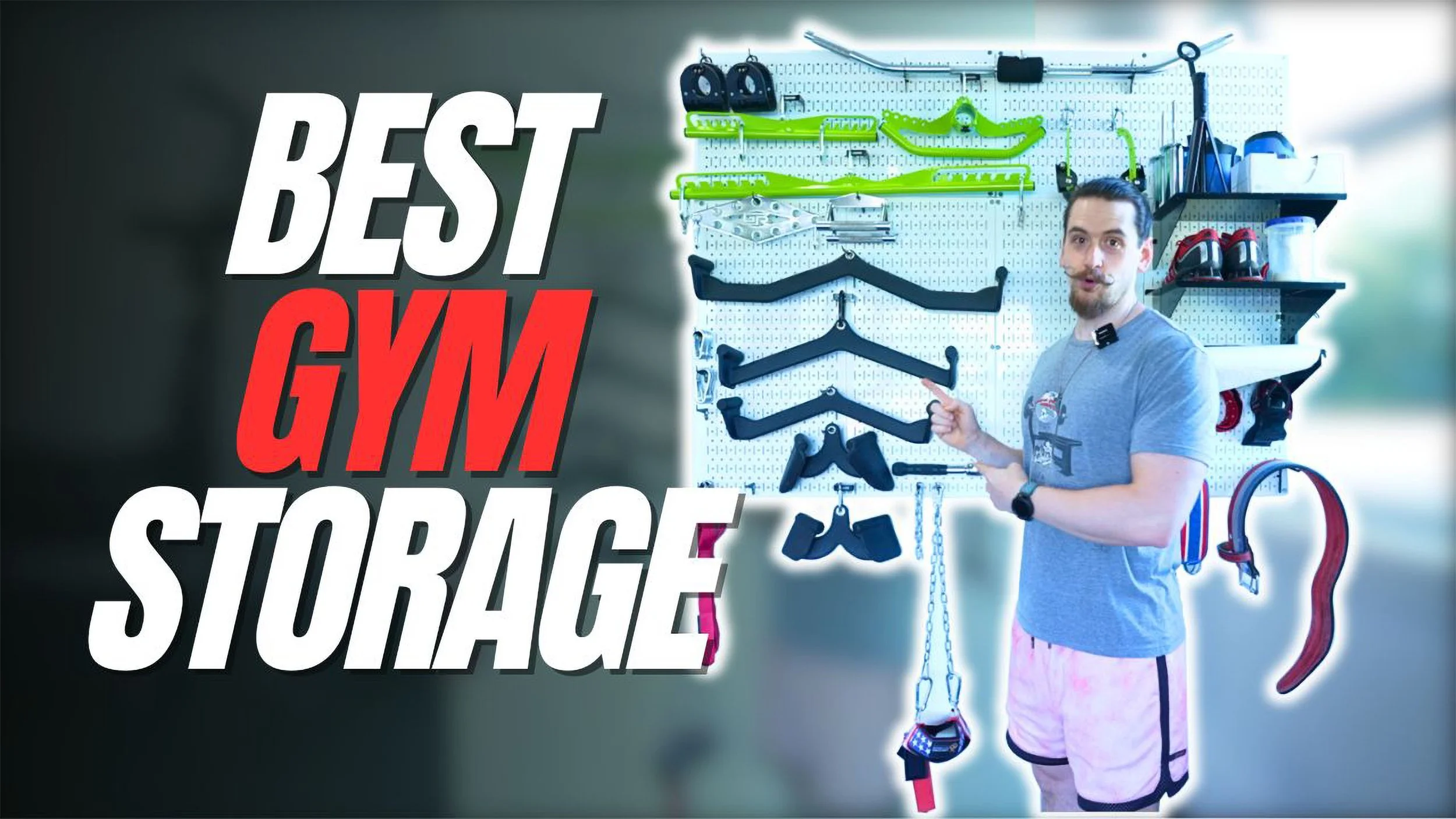Low back pain is one of the most wide spread epidemics in the western world. A 2002 survey of 31,044 U.S. adults found that 26.4% of participants experienced low back pain lasting for at least one full day in the previous three months. [1] This may sound like troubling news, but fear not! Many causes of low back pain are easy to fix. One of the most common causes, and the one we will be discussing here, is Anterior Pelvic Tilt (APT). APT, as the name would suggest, is where the pelvis is rotated forward. This can cause the lumbar vertebrae to pinch the nerves passing through them, causing pain.
American Council on Exercise Personal Trainer Manual Fifth Edition
What causes APT?
The four muscle groups involved in balancing the pelvis are the spinal erectors (low back), abdominals, hip flexors (front of the upper leg), and the hamstrings. In a properly functioning system, these four groups provide equal tension, keeping the pelvis balanced; however, in someone with APT, the hip flexors and spinal erectors become tight and the hamstrings and abdominals become slack, allowing the pelvis to rotate forward. This is almost always due to excessive sitting, hence why this type of back pain is so prevalent in our office job driven world.
How do I fix APT?
Loosen
The good news is that it is easy to fix APT. The bad news is it will take time and repetition. We need to loosen the tight muscles first. The first thing I like to do for APT is foam rolling. Take a smooth surfaced foam roller and lay face down with the foam roller under the hip flexors of one leg. Find a tender spot and pulse back and forth on that spot approximately an inch back and forth until it begins to loosen up. Repeat with the other leg. When you are done with your hip flexors, lay on your back with the foam roller under one side of your lumbar. Repeat the same process as before.
After foam rolling get into a lunge position and push forward to stretch your hip flexors. Lean to the opposite side that you are stretching.
To stretch your erectors, you will reach down and touch your left hand to your right foot. Repeat on the other side. Remember this is intended to stretch your spinal erectors NOT your hamstrings. We don't want to loosen up the hamstrings in this scenario.
Strengthen
The other half of the equation is strengthening your hamstrings and abdominal muscles. For hamstrings, I like to do mostly isolation hamstring machines because when performing stiff leg dead lifts and glute-ham raises, there is still a lot of emphasis on the spinal erectors, which isn't what we are wanting to strengthen here. You can do any number of exercises for abs, but ensure that you stretch your hip flexors first. This will inhibit those muscles and place more tension on your abs since we don't want to strengthen the hip flexors in this scenario.
Thanks for reading! For those of you that don't know, I still have some remaining spots, If you'd like to learn more about having an online trainer, you can apply below for a free phone consultation with no strings attached.
God bless you AND your family and I'll see you next time!
References:
[1] Deyo, Richard A. MD, MPH; Mirza, Sohail K. MD, MPH; Martin, Brook I. MPH, Back Pain Prevalence and Visit Rates: Estimates From U.S. National Surveys. Spine: 1 November 2006 - Volume 31 - Issue 23 - pp 2724-2727









